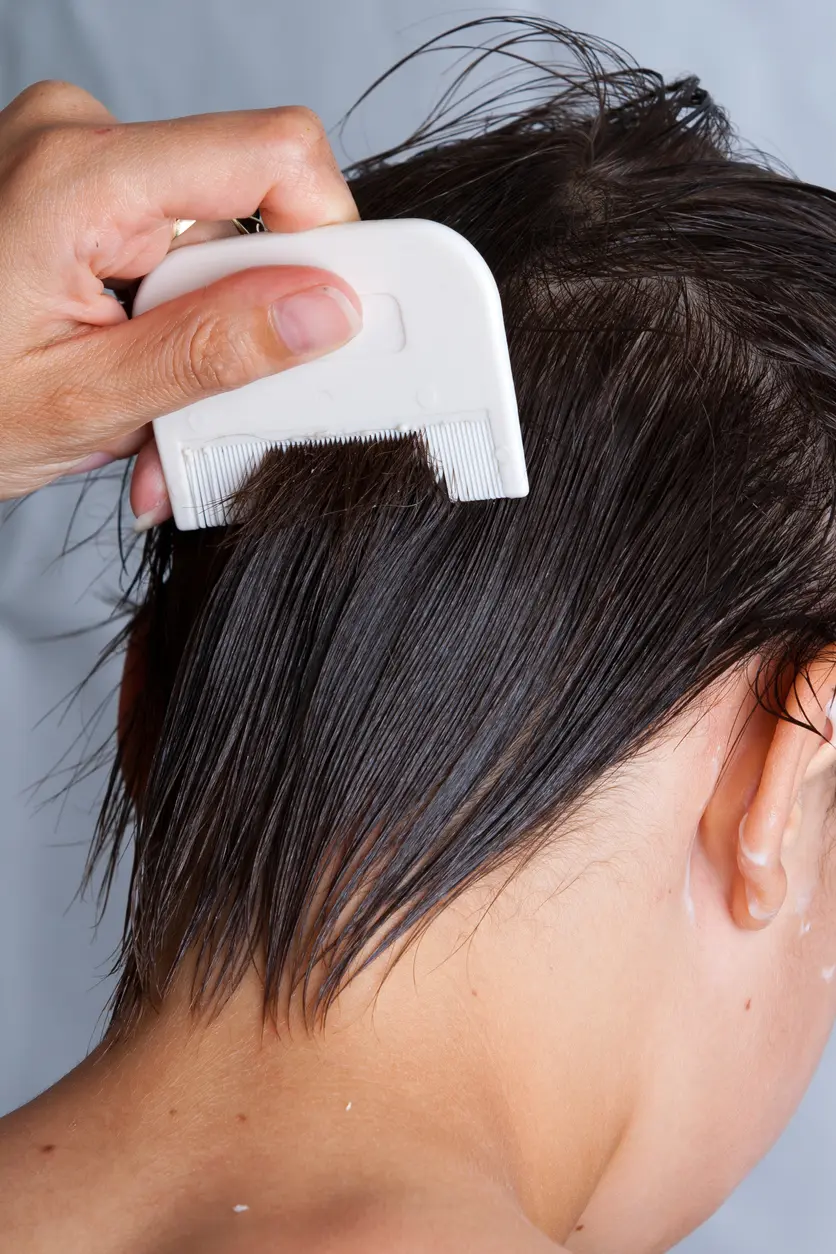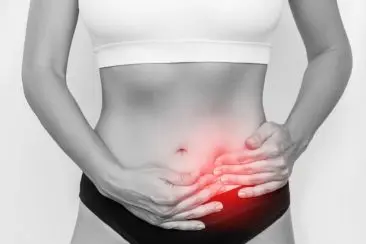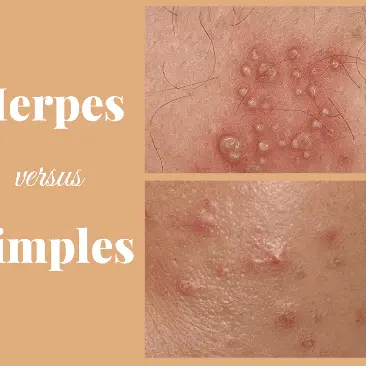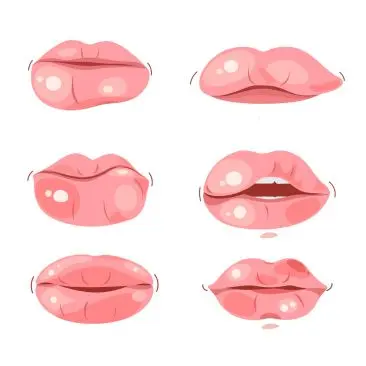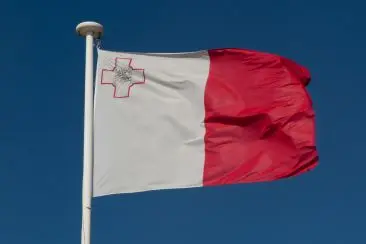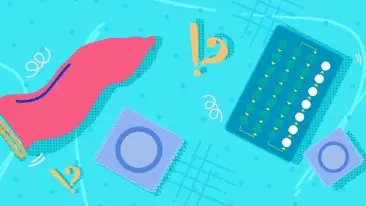Home Remedies For Lice: 11 Ways To Treat Lice Naturally
Insects that cling to scalp hairs are known as head lice. At the base of the hair shaft, they lay eggs called nits. Eventually, these nits will become nymphs and adults. Children are most commonly affected by lice infestations. Head-to-head contact makes it familiar for caretakers and household members to contract lice from infested individuals.
The good news is that lice can be treated with various medications and home remedies. Generally, natural lice treatments involve mechanically removing lice and nits or suffocating them. 11 home remedies work best in this article.
Wet Combing
Wet combing is the most effective method for children aged two months and younger to remove lice. As lice cling to hair follicles, wetting the hair temporarily keeps them from moving. Hair can be easier to comb through with oils or leave-in conditioners.
When hair is wet, use a fine-tooth lice comb to remove larvae, nymphs, and nits. After every pass through the hair, wipe the comb clean to prevent redepositing nits or larvae. For 9-14, days, repeat this process every 2-3 days. While this method can be time-consuming, it's effective in removing lice without medicated treatments.
Cetaphil Cleanser
A hair dryer is used to dry the mixture into a brittle texture after coating the scalp and hair in Cetaphil (a gentle skin cleanser). As a result, the lice remain stuck in place. Cleaners that are applied and allowed to sit on hair for at least 8-12 hours eventually suffocate lice. After the waiting period ends, shower and comb out the lice and nits. This process may need to be repeated three times.
Vinegar
Vinegar's acetic acid breaks down the shells and natural adhesive that bind nits to hair shafts. According to a study, vinegar is ineffective at treating head lice.
Mayonnaise
Lice are smothered or suffocated with this home remedy. Applying and removing mayonnaise can be pretty messy. It could be more pleasant to leave it on your head for a long period.
Petroleum Jelly
Petroleum jelly has been proven more effective than its competitors compared to other smothering treatments. A study showed that only 6% of lice eggs hatched after petroleum jelly treatments were applied. Despite this, 6% of the eggs hatching can still cause a secondary round of infestation if they hatch.
Following up on any lice-smothering attempt with fine-tooth combing is essential to remove all lice.
Olive Oil
Among the natural remedies they tested in one study, olive oil was found to be among the most effective among them. To ensure full coverage over a longer period, oils are consistently more effective when used with a shower cap to provide full coverage.
Compared to thicker substances such as petroleum jelly or mayonnaise, oils can be easier to work with and pass through with a comb.
Coconut Oil
Coconut oil has also been effective in suffocating lice, especially when combined with the oil of anise. A study from Brazil found that up to 80% of lice died after four hours of coconut oil application. In colder weather, coconut oil becomes harder to apply and comb out, as it hardens due to the cold temperatures.
Tea Tree Oil
Even though many people are sensitive to tea tree oil, it effectively kills lice when used correctly. According to one study, after 30 minutes of treatment, there was a 100% mortality rate. Using a spray or shampoo with the scent of tea tree oil may be helpful to prevent re-infestation.
To minimize skin sensitivity, diluting this essential oil in a carrier oil such as coconut, olive, or almond oil is recommended. When considering tea tree oil in children, it should be remembered that it may be considered an endocrine disruptor.
Lavender Oil
When combined with tea tree oil, lavender oil has been proven to be very efficient in treating lice. There is not enough proof to prove that lavender oil alone can treat or prevent lice. As an insect repellent, lavender also works, but it isn't as powerful as other insect repellents.
To prevent skin irritation, dilute lavender oil in a carrier oil. Since lavender oil may be considered an endocrine disruptor, caution should be taken before using this product on children.
Baking Soda
The effectiveness of baking soda in killing lice has not been proven. Be careful not to get baking soda in your eyes. It is not recommended to leave it on the skin for long.
Heat
It has been demonstrated that lice and their eggs cannot survive temperatures above 128.3°F for more than five minutes.
Due to the high heat level in this range, this method is unsuitable for soaking your scalp and hair, so it should only be used when laundering clothing and bedding. Lice can't survive away from their hosts, so you do not need to wash your entire wardrobe whenever you wash your clothes.
In the first week following infestation, wash the clothes worn by affected family members and dry them at a temperature of at least 130 degrees Fahrenheit within a week. The best way to remove lice and nits from the head die is to soak brushes and combs in hot or boiling water for 5-10 minutes after removing them from the head.
When To See A Medical Professional
If your home remedies are not working or you continue seeing a resurgence of head lice in your child, you should consult a medical professional. Opting for extra or higher doses of pesticide shampoos is unnecessary, as these can have a counterproductive effect and may increase irritation.
How Mobi Doctor Can Help
Mobi Doctor offers online urgent care. In minutes, you can check your symptoms, research conditions and treatments, and text a healthcare provider if needed.
Frequently Asked Questions
What Is The Best Way To Kill Head Lice Instantly?
Using tea tree and lavender oil with carrier oils has proven effective and time-efficient in killing lice, even though no instant method has been found to kill lice.
What Is The Most Effective Way To Get Rid Of Lice Permanently?
There is indeed no surefire way to get rid of head lice permanently. It is best to avoid contact with the hair of those infected with head lice to prevent the spread of this disease.
Is There Any Home Remedy That Can Treat Head Lice At Home?
Among the best home remedies for lice infestation are lice combing, petroleum jelly, tea tree and lavender oil mixtures, and coconut oil.
What Can I Do To Keep Head Lice From Spreading?
As a precaution, it is best to avoid head-to-head contact if there is an outbreak of lice in your community through proximal play or sports if an outbreak is present. Do not share bedding, scarves, hats, or coats with anyone else. Be careful not to share hygiene items such as brushes, combs, and towels with others. Several scents are known to repel insects, such as peppermint, tea tree, and lavender.
